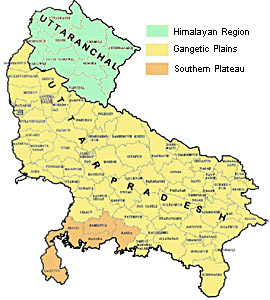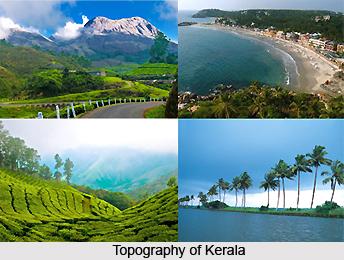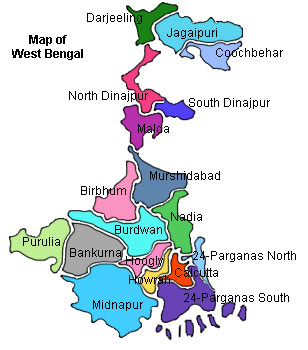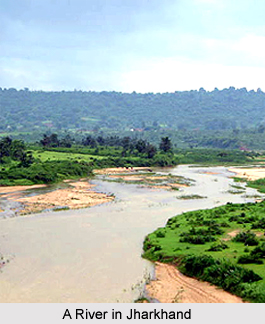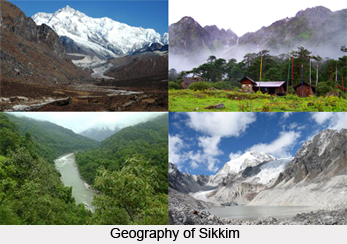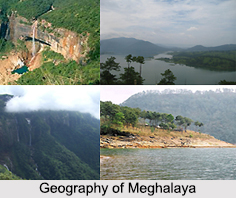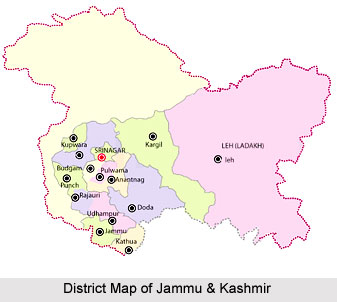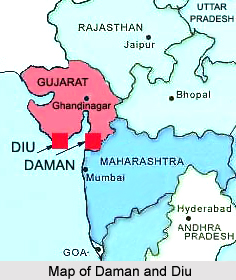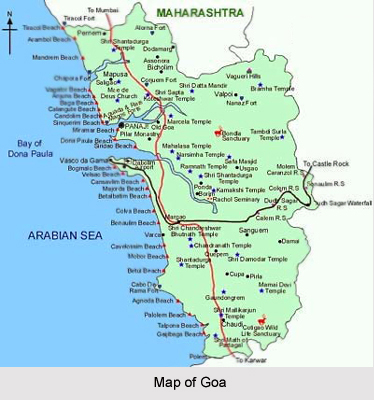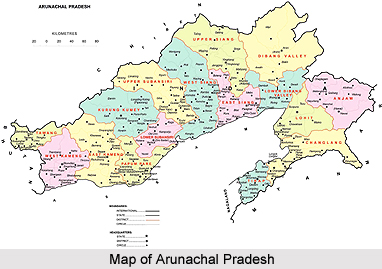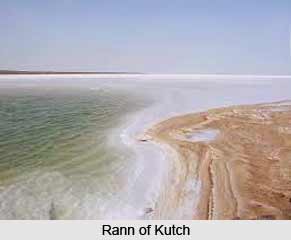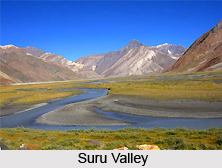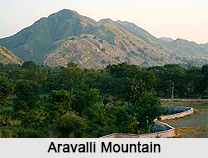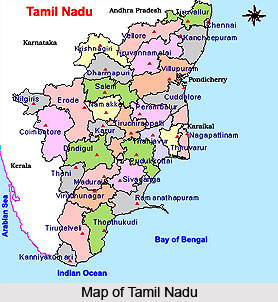The geology of Tapti River can be said as old and geologically stable region with an average elevation between 300 and 1,800 meters. The Vindhya Range constitutes the main separating line between the geological regions of the Indo-Gangetic Plain and the Peninsular. This boundary range lies north of the Narmada River, and when viewed from there, it is possible to determine the high up escarpments that rise between 800 and 1,400 meters. The Vindhya Range includes the north central and northwestern boundary of the Peninsula and the Chota Nagpur Plateau of southern Bihar forms the northeastern boundary. The uplifting of the plateau of the central Peninsula and its eastward inclined formed the Western Ghats, a line of hills running from the Tapti River south to the tip of the Peninsula. The Eastern Ghats mark the eastern end of the plateau; they begin in the hills of the Mahanadi River basin and unite with the Western Ghats at the Peninsula`s southern tip.
The interior of the Peninsula lies south of the Narmada River. This zone is often termed the Deccan Plateau or simply the Deccan, featuring a series of plateaus with the summits of rolling hills and is intersected by many rivers. The plateau averages roughly 300 to 750 meters in elevation. Its major rivers--the Godavari, the Krishna, and the Kaveri--rise in the Western Ghats and flow eastward into the Bay of Bengal.
The coastal plain borders the plateau. On the northwestern side one can see tidal marshes, drowned valleys and estuaries, while on the south of this by lagoons, marshes, and beach ridges. Coastal plains on the eastern side of Tapti River are wider than those in the west; they are focused on large river deltas that are prime locations for human settlement.
This article is a stub. You can enrich by adding more information to it. Send your Write Up to content@indianetzone.com
